Ludwig Mies van der Rohe was a German architect and designer. Mies was born in Aachen on March 27, 1886. Son of a stonecutter, he began working in his father’s shop. In 1900, Mies signed up for trade school but never graduated. Instead, he moved to Berlin, designing for interior designer Bruno Paul and later for Peter Behrens. Behrens introduced Mies to architects Walter Gropius and Le Corbusier.
Gropius and Le Corbusier helped Mies acquire a taste for purity of form and the elegance of proportion. Mies' quip about the importance of detail is thought to date from this period. In 1913, Mies opened his own studio.
Mies first works were shaped by German neoclassicism and Constructivism, an avant-garde movement founded in Russia in 1913. Constructivism revered technological progress and the work of machines.
Mies began using industrial materials, ranging from steel and glass to cement and brick.
His style favored function over form, and his designs expressed discipline and simplicity. Mies' celebrated motto "less is more," reflected his minimalist approach.
His vision found expression in the German Pavilion he built for the 1929 Barcelona International Expo. Built on a podium alongside a pool, the building was supported by eight steel posts and connected fluidly with the surrounding open space. The building materials were the only decorations. Walls were made from lavish materials such as travertine marble and onyx. For the interior of the pavilion, which was torn down but later rebuilt in 1986, Mies designed the celebrated chrome, steel and leather Barcelona chair.
Mies was appointed director of the Bauhaus art and design school. In 1937. After the rise of the Nazi Party, Mies emigrated to the United States.
In 1947, the Museum of Modern Art dedicated a show to his work, a tribute usually only given posthumously.
In 1956, construction began on what would become his New York City masterpiece, the Seagram Building. It was a skyscraper with a steel skeleton framed by glass and bronze panels. Mies also designed a garden with a fountain in front of the building, which opened out on to Park Avenue.
He last building was the New National Gallery, which houses 20th-century art in Berlin. He designed a single, four thousand square meter room framed by glass walls. Steel columns supported the structure. Minimalist steel merged with the light feel of glass, suggesting a floating roof.
Ludwig Mies van der Rohe died in Chicago on August 17, 1969. He was 83.
Today his minimalist style continues to wield an important influence on contemporary architecture.
Gropius and Le Corbusier helped Mies acquire a taste for purity of form and the elegance of proportion. Mies' quip about the importance of detail is thought to date from this period. In 1913, Mies opened his own studio.
Mies first works were shaped by German neoclassicism and Constructivism, an avant-garde movement founded in Russia in 1913. Constructivism revered technological progress and the work of machines.
Mies began using industrial materials, ranging from steel and glass to cement and brick.
His style favored function over form, and his designs expressed discipline and simplicity. Mies' celebrated motto "less is more," reflected his minimalist approach.
His vision found expression in the German Pavilion he built for the 1929 Barcelona International Expo. Built on a podium alongside a pool, the building was supported by eight steel posts and connected fluidly with the surrounding open space. The building materials were the only decorations. Walls were made from lavish materials such as travertine marble and onyx. For the interior of the pavilion, which was torn down but later rebuilt in 1986, Mies designed the celebrated chrome, steel and leather Barcelona chair.
Mies was appointed director of the Bauhaus art and design school. In 1937. After the rise of the Nazi Party, Mies emigrated to the United States.
In 1947, the Museum of Modern Art dedicated a show to his work, a tribute usually only given posthumously.
In 1956, construction began on what would become his New York City masterpiece, the Seagram Building. It was a skyscraper with a steel skeleton framed by glass and bronze panels. Mies also designed a garden with a fountain in front of the building, which opened out on to Park Avenue.
He last building was the New National Gallery, which houses 20th-century art in Berlin. He designed a single, four thousand square meter room framed by glass walls. Steel columns supported the structure. Minimalist steel merged with the light feel of glass, suggesting a floating roof.
Ludwig Mies van der Rohe died in Chicago on August 17, 1969. He was 83.
Today his minimalist style continues to wield an important influence on contemporary architecture.
RELATED


ANDREI TARKOVSKY
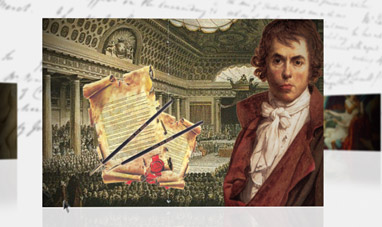

JACQUES LOUIS DAVID


BILLY WILDER
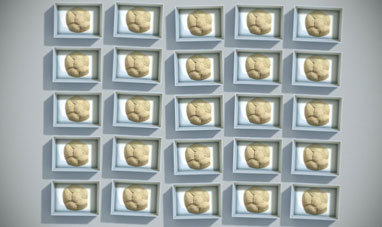

PIERO MANZONI
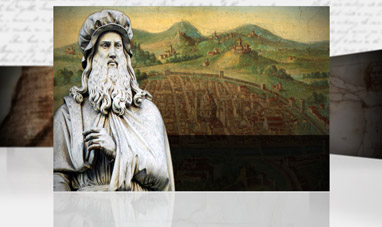

LEONARDO DA VINCI


STANLEY KUBRICK


ERNST LUDWIG KIRCHNER


VITTORIO DE SICA


MICHELANGELO BUONARROTI
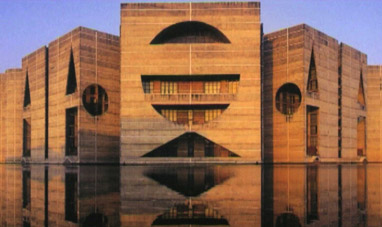

LOUIS KAHN
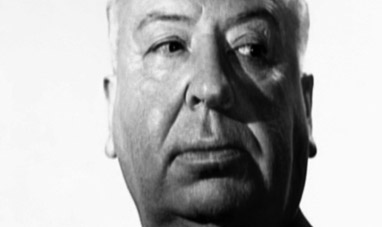

ALFRED HITCHCOCK


PIERRE AUGUSTE RENOIR


UMBERTO BOCCIONI
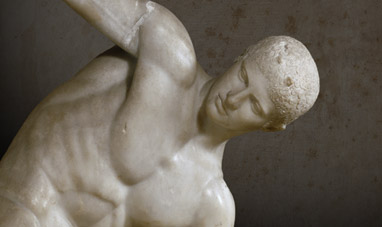

MYRON


GRACE KELLY
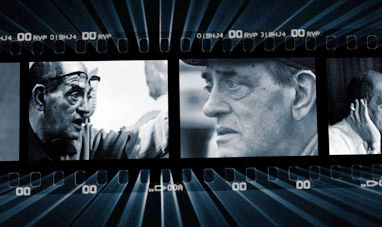

LUIS BUÑUEL


FRANK GEHRY
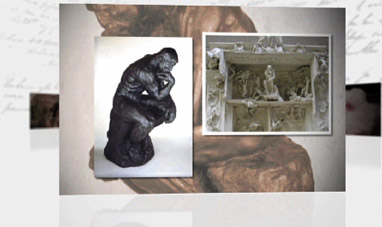

AUGUSTE RODIN
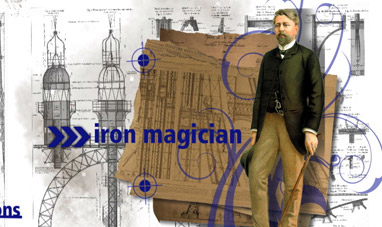

GUSTAVE EIFFEL
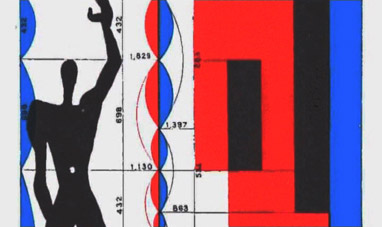

LE CORBUSIER
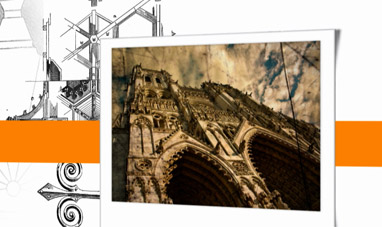

EUGÈNE VIOLET-LE-DUC
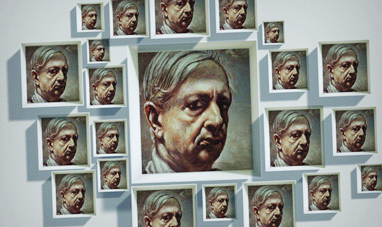

GIORGIO DE CHIRICO


JOHANNES BRAHMS


MONICA BELLUCCI
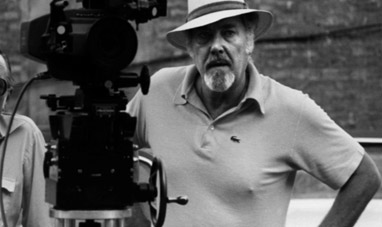

ROBERT ALTMAN
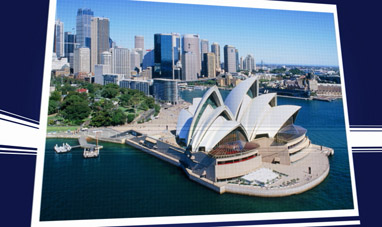

SYDNEY OPERA HOUSE


GIULIO PAOLINI
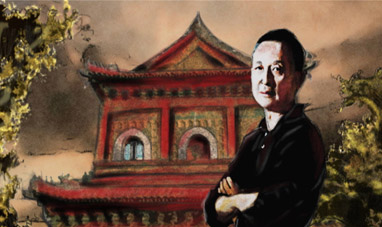

GAO XINGJIAN


GIAN MARIA VOLONTÉ
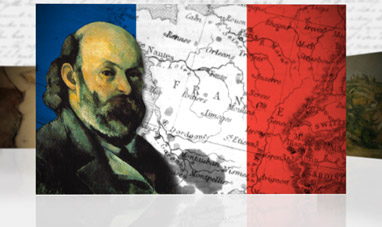

PAUL CÉZANNE


EURIPIDES
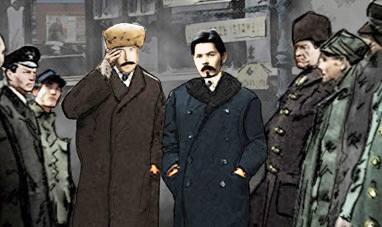

MAXIM GORKY
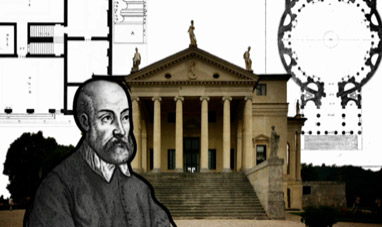

ANDREA PALLADIO


BRAD PITT


GIACOMO PUCCINI
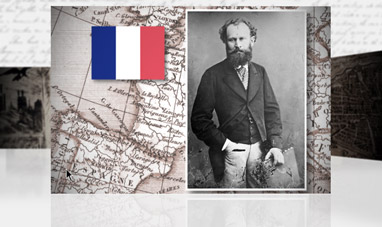

EDOUARD MANET
